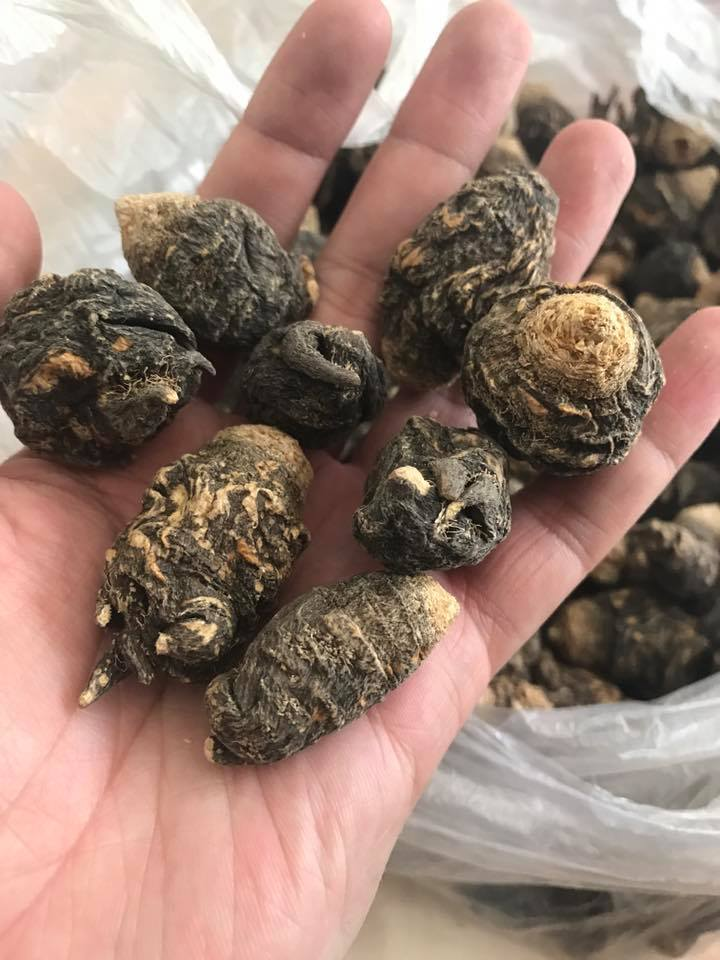What is Maca? Known by its scientific name, Lepidium meyenii, maca is a type of cruciferous vegetable native to the Andes of Peru. Maca has a similar appearance and size as radishes or turnips with green tops and roots that range in color from yellow to purple and black.
In addition to sugars and proteins, maca also contains uridine, malic acid, benzoyl derivatives, glucosinolates, glucosinolates, and m-methoxybenzyl glucosinolates. The methanol extract of the maca tubers also contains (1R,3S)-1-methyl tetrahydro-3-carboxylic acid-porphyrin, which is said to be a substance that has an effect on the human central nervous system. Many alkyne species have also been found in Maca.
In addition, maca also contains selenium and magnesium, and polysaccharides.
Health effects
Maca is a food that can be eaten by humans and animals, and it is naturally green and non-polluting. Eating with other vegetables is also considered safe, but maca does contain glucosinolates, which, when ingested in large amounts, react with iodine in the food, causing problems with thyroid enlargement. However, at the same time, the darker Maca roots, such as red, purple, and black, also contain a lot of iodine, and a 10 g dry maca usually contains 52 μg of iodine. Although this amount is similar to other foods containing high glucosinolates, it is not certain whether eating maca will make the thyroid enlargement worse.
Maca is listed because of its aphrodisiac effect, but there is no evidence that Maca has any effect on the sexual ability or erectile dysfunction of middle-aged and elderly people. In general, the evidence on aphrodisiac effect is quite limited. But from the point of view of hormone therapy for menopausal disorders and stress, Maca has a very promising effect.
According to the 2005 report of the Japan Agricultural Reclamation Chemistry Association, in the control experiment on the swimming ability of mice, Maca extract has anti-fatigue and anti-survival effects. In the same year’s report, it was also suggested that in the case of using high-fat food and maca extracts for mice at the same time, the control group taking maca extract proved that Maca also had a certain degree of anti-obesity effect.
Market potential
Due to its claimed effects on fertility, Maca has been given significant commercial and scientific value over the past few decades. In the 1990s, a large amount of cultivated land was used to grow maca. As demand rises, product prices are also rising.

